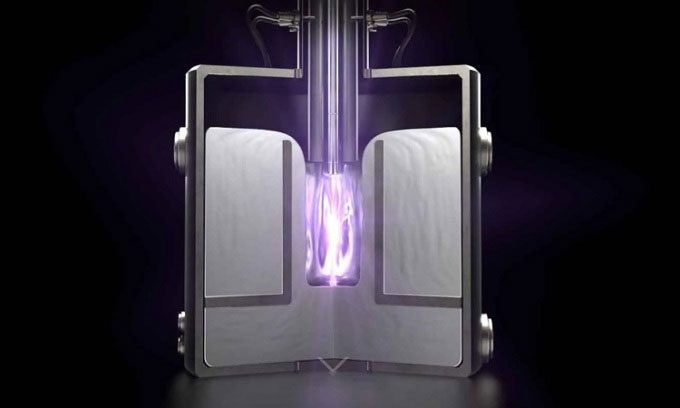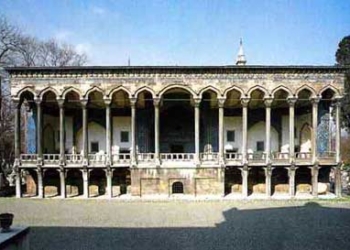Zap Energy is developing a nuclear fusion reactor for electricity generation that can fit in a garage.
Startup company Zap Energy in Seattle has reached a significant milestone in Z-pinch nuclear fusion technology. The company is currently working to make its design commercially viable through a large modular reactor that can fit in a garage and be scaled up to supply power to the electrical grid.

Z-pinch nuclear fusion reactor design. (Photo: Zap Energy)
Most efforts in the field of nuclear fusion focus on maintaining plasma flow inside toroidal or closed-loop reactors, utilizing extremely complex magnetic fields. The Z-pinch technology takes a different approach, potentially producing cheaper and more efficient energy. Instead of relying on expensive magnetic coils and protective materials, the Z-pinch system utilizes an electromagnetic field generated within the plasma. The process pins the plasma in place at relatively low pressure until it becomes hot and dense enough for nuclear fusion to occur.
In 2019, a team of scientists at the University of Washington discovered a solution to a problem that had hindered Z-pinch technology since its inception in the 1950s. By using axial flow in fluid dynamics, they developed a method to adjust plasma flow to prevent bulging and distortion that could cause the system to collapse.
One of the authors of the 2019 study, Uri Shumlak, has sought to upgrade the axial flow technique to realize Z-pinch nuclear fusion technology. He co-founded Zap Energy in 2017. Last week, the company achieved a significant milestone by generating the first plasma flow inside its prototype reactor named FuZE-Q.
Shumlak, the Chief Scientist at Zap Energy, and his team maintained plasma flow with a current of 500 kiloamperes (kA), the highest level that prototype reactors can withstand. However, as the current increases, the plasma becomes hotter and denser. The next-generation FuZE-Q reactor is designed to handle currents of 650 kA. The scientific model developed by the research team indicates that this is the energy point produced by the device, which is larger than what is necessary for operation.
FuZE-Q is the fourth generation of Z-pinch devices that Zap Energy has created, according to Brian A. Nelson, the company’s Chief Technology Officer. Since it does not require expensive magnets or high-power lasers like other methods, Zap Energy hopes to achieve nuclear fusion energy with a mass-produced reactor small enough to fit in a garage. This modular device can be deployed to provide electricity to remote communities or integrated with the electrical grid to supply power to entire cities.





















































